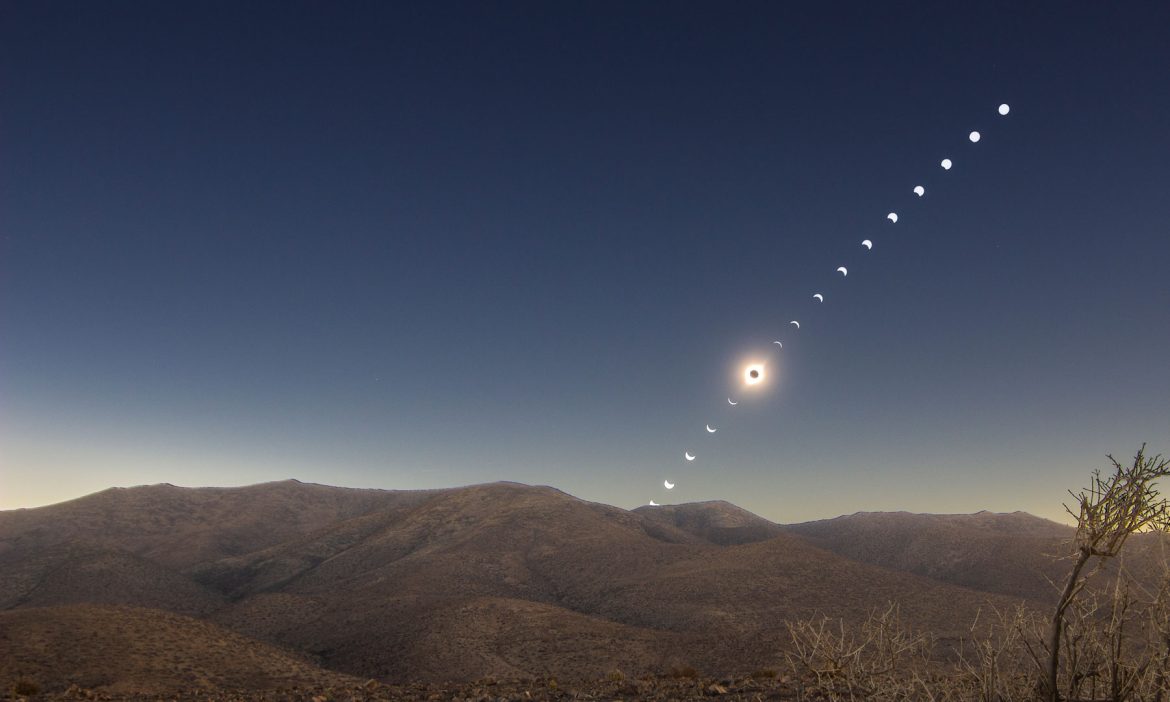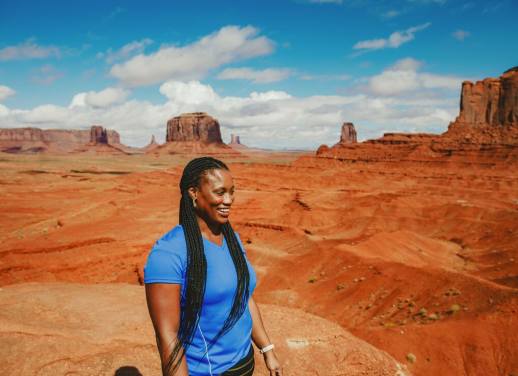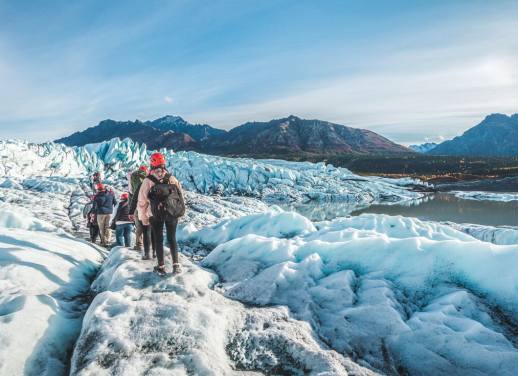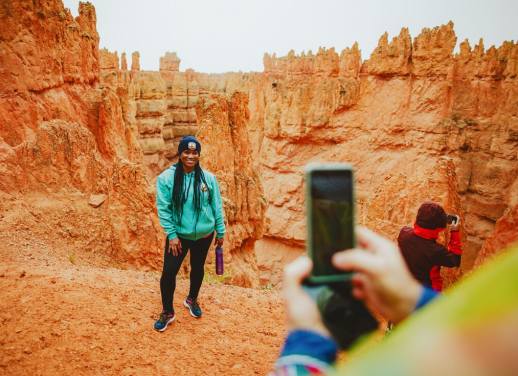What happens when you get a once-in-a-lifetime experience 21 times? Dr John Mason explains his passion for solar eclipses and sharing them with first-timers.
Dr John Mason MBE has always had the stars in mind. When he was a child, he wrote to TV astronomer Sir Patrick Moore and asked him if he should buy a telescope. ‘No, buy binoculars,’ was the famous astronomer’s reply. ‘I saved my money from my paper round and bought a pair from an ex-military shop,’ Dr John recalled.
When the famed TV astronomer moved to a town just down the road from John, 14 at the time, it was like it was, well, written in the stars. He reached out again and was invited to take a look through Patrick’s telescope. ‘It was a life-changing moment,’ John recalls.
Since then, Dr John has gone on to a career as an astronomer and applied physicist. He was the principal astronomy lecturer at a renowned planetarium in the UK and often appears on TV and radio in the UK to explain the latest astronomical event.
When he’s not in the public eye, John is leading expeditions around the world – chasing solar eclipses, recording the northern lights and observing meteor showers. And now he is getting ready to take a group of Intrepid travellers on a one-off journey to New Mexico and Texas for the next solar eclipse as it sweeps across the United States.
That magic moment when it all aligns
‘The thing that is wonderful to me when you have a total eclipse… is that pink, that red of the chromosphere [from the sun’s second layer of the atmosphere]. It’s an unbelievably pure colour.’
The magic of this upcoming eclipse may be difficult to imagine, but Dr John wants you to understand that this opportunity occurs once-in-a-lifetime and should not be missed. ‘In the United Kingdom, we had a total eclipse back in 1999. The next one isn’t until 2090. That’s a 91-year gap, so take your chances,’ he says. ‘We are so fortunate to be living at a time when we can see these events.’
Dr John can’t help but explain. ‘These are things you would never see with the unaided human eye were it not for the incredible cosmic coincidence of a total eclipse. The moon is 400 times smaller than the sun, and yet it’s 400 times closer to us. When the two objects appear exactly the same size in the sky and fit over one another, it’s an amazing circumstance and unique in our solar system.’
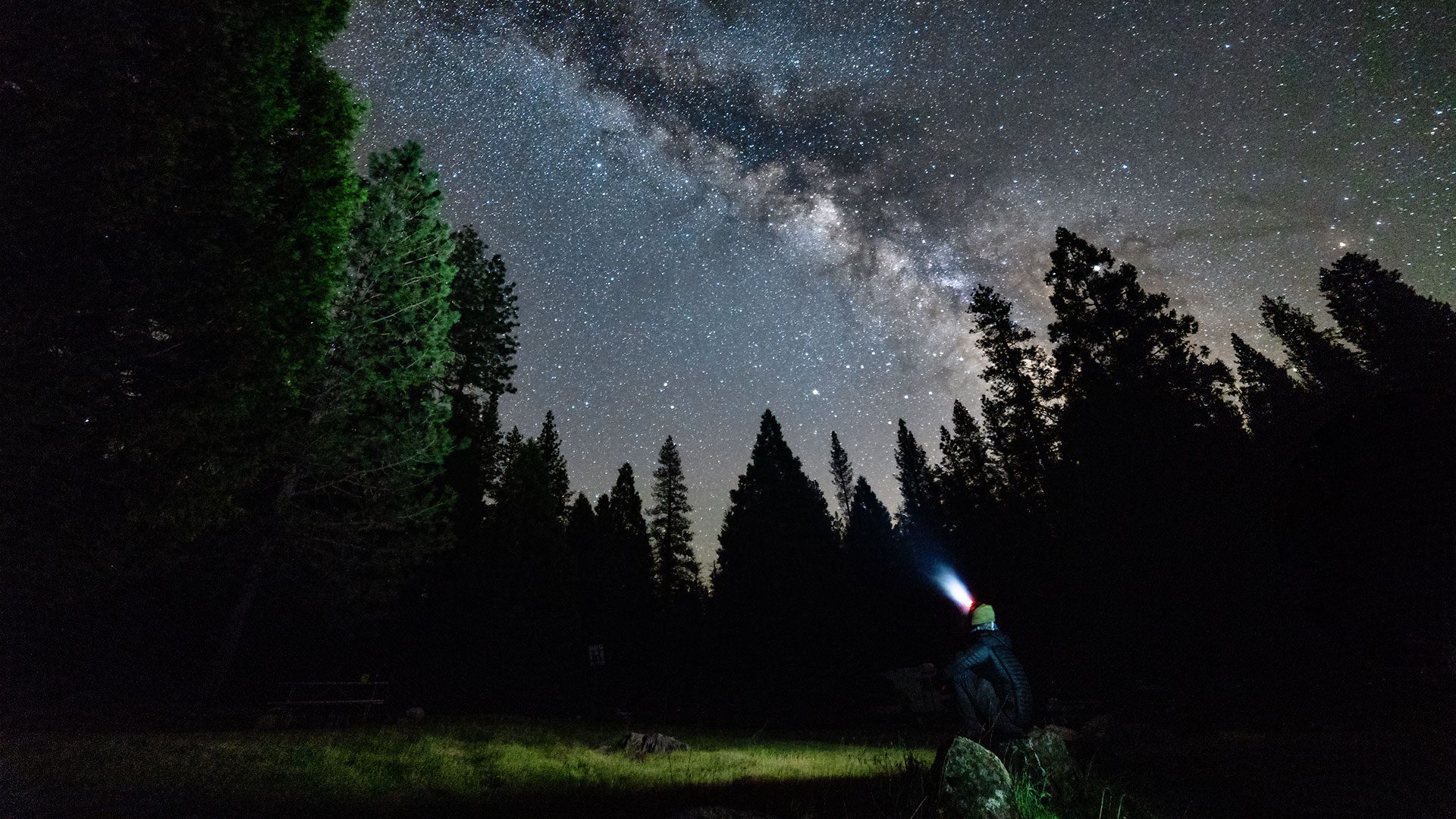
On this 16-day trip, travellers will also get to stargaze in an International Dark Sky Park near Santa Fe, New Mexico – a protected area that preserves sites from excessive artificial light. ‘When you go to a dark sky reserve or dark sky park, you get a view and experience of the real night sky that the majority of people are unable to access.’
According to Dr John, these places are unique because ‘many people have had their view of the night sky taken away from a combination of light and air pollution.’ The experience is unlike going to a planetarium, where pollution can still be an issue.
If you have never seen an eclipse before, you’re in for a treat. For the novice, his best advice is to ‘keep an open mind, be prepared to see and experience things that you might not expect.’
To get the most out of the eclipse, Dr John suggests finding a dark sky reserve or park and travelling to a zone where totality – when the moon completely blocks the sun – can be experienced. That’s when you see the sun’s bright red plasma chromosphere that is normally hidden from the naked eye. Before the eclipse reaches totality, he stresses protecting your eyes. However, you can look directly through your binoculars during totality.
Keep an open mind, be prepared to see and experience things that you might not expect.
If you’ve seen an eclipse before, this one will be different. He notes in 2017, ‘the total eclipse in the USA went from northwest to southeast. This one [in 2024] will be going in exactly the opposite direction.’ He expects totality to last four and half minutes during this eclipse, which is much longer than the three minutes observed in 2017. He casually mentions that this will be his 21st total eclipse, and each one is a new experience.
Much more than one moment
But it’s not only the astronomy on this trip that will be enriching. ‘It’s a combination of scientific sites, the history of spaceflight, native North American culture, and the culture of that particular part of the United States.’
Even in his retirement, he tells me, ‘I spend my time talking to young people and older people – people of all ages – trying to enthuse them about why astronomy and space are so exciting, trying to get them interested in the universe around them. We’re all part of it, and it’s important that people understand what is going on there.’
The 16-day USA Total Solar Eclipse trip with Dr John Mason departs Albequerque, New Mexico, on March 26th, 2024. Spots are filling up fast – contact the Intrepid team by phone or email to secure your spot. Find out what else is new for 2024 with The Goods.

